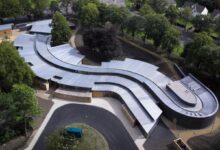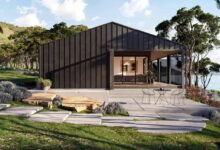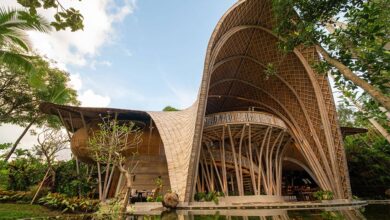Prefabricated Home Offers Affordable and Sustainable Living Spaces
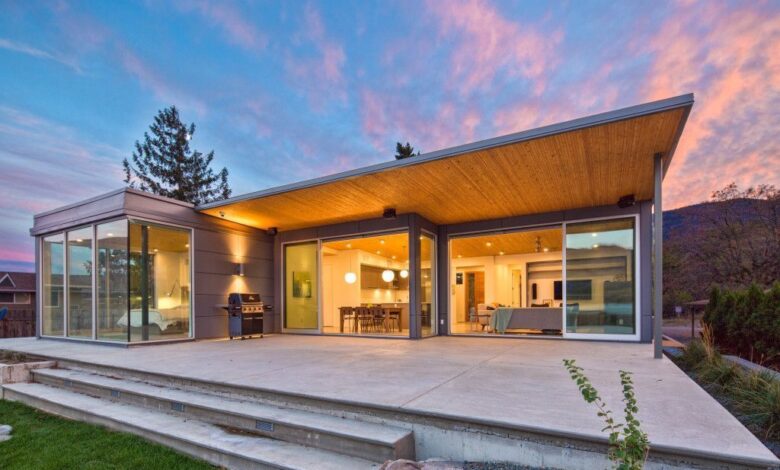
The traditional concept of home construction—a slow, expensive, and labor-intensive process—is being challenged by a new and powerful movement. Prefabricated home innovations are transforming the housing industry, offering a faster, more affordable, and more sustainable way to build high-quality living spaces. This isn’t just about simple mobile homes; it’s a profound paradigm shift driven by a creative fusion of cutting-edge technology, sustainable materials, and a new focus on a home as a customizable and adaptable ecosystem. This article will take a deep dive into the core concepts of prefabricated home innovations, exploring the pivotal role of advanced manufacturing, the new focus on a circular economy, the integration of smart technology, and the immense opportunities and challenges that lie ahead for a more sustainable and resilient future.
The Principles of Prefabrication
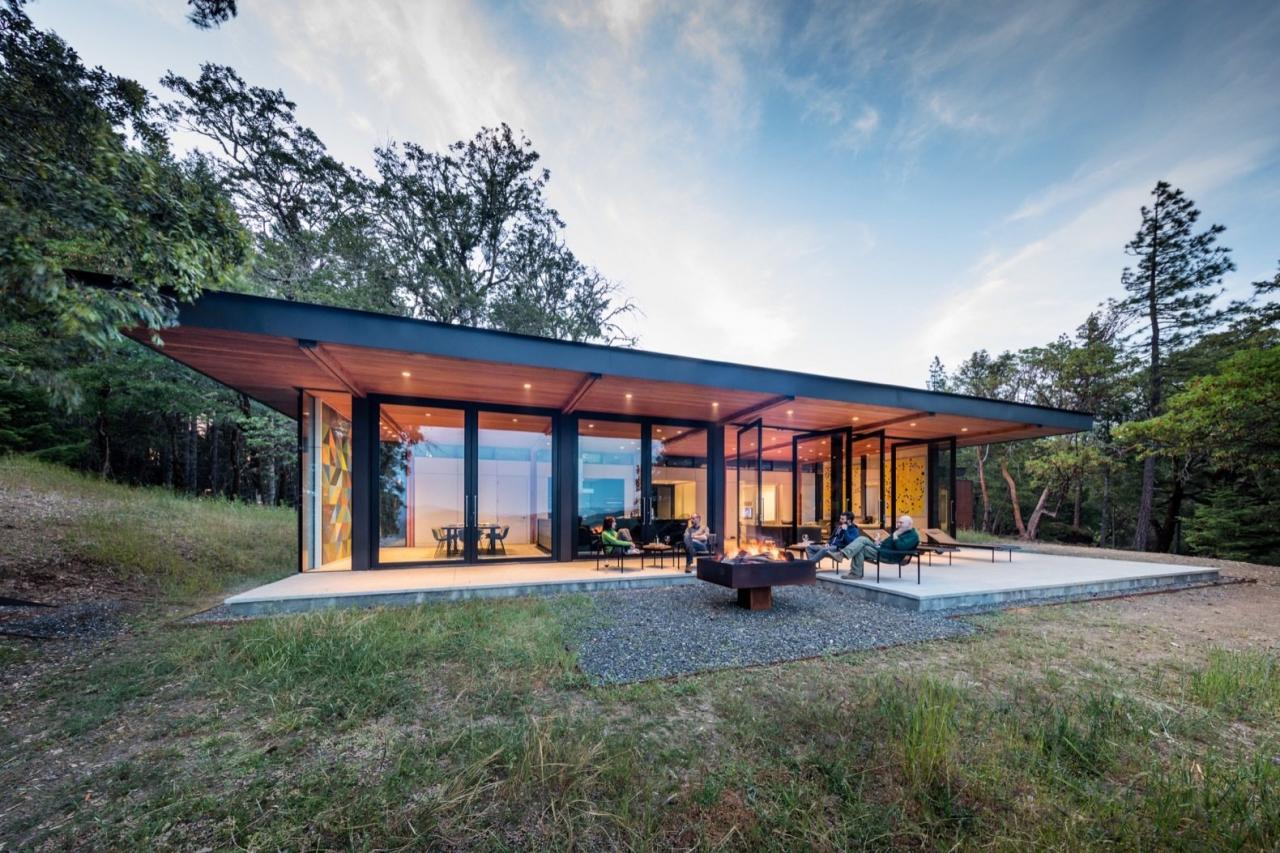
Prefabrication, at its core, is the process of building a home’s components or entire modules in a factory and then transporting them to a site for assembly. This fundamental shift from on-site to off-site construction has a number of powerful advantages.
A. Speed and Efficiency
The biggest advantage of prefabrication is speed. A home can be built in a factory in a matter of weeks, a fraction of the time it takes to build a traditional home. This is because the construction process is not affected by weather delays or a lack of skilled labor on-site. The modules are built with a high degree of precision and quality control, and they can be assembled on-site in a matter of days or even hours. This speed and efficiency make prefabrication a powerful solution for a wide range of housing needs, from a single-family home to a large-scale apartment complex.
B. Cost-Effectiveness and Affordability
Prefabricated homes are, on average, more affordable than their traditional counterparts. The factory-based approach allows for a new level of cost control and a significant reduction in material waste. The efficiency of the process, combined with the economies of scale, allows for a more affordable and accessible path to homeownership. This is a crucial component of a new era of urban living, as it provides a viable and affordable solution to the global housing crisis.
C. Quality and Durability
A common misconception about prefabricated homes is that they are of a lower quality than a traditional home. This is simply not true. Prefabricated homes are built in a climate-controlled factory with a high degree of precision and quality control. They are also built to a higher standard of durability, as they must be able to withstand the rigors of transportation. The end result is a home that is more energy-efficient, more resilient, and more durable than a traditional one.
The New Architecture
The new era of prefabricated home innovations is a masterclass in innovative architecture. Architects and designers are using every trick in the book to create spaces that are not only functional but also beautiful, comfortable, and intelligent.
A. The Power of Customization
Prefabricated homes are not a one-size-fits-all solution. They are designed for a new level of customization, allowing a homeowner to choose from a wide range of layouts, finishes, and features. A homeowner can, for example, add or remove a module to change the size of their home, or they can choose a different layout for their kitchen or their bedroom. This level of customization provides a sense of ownership and a new level of creative freedom for the homeowner.
B. The Illusion of Space
Designers use a variety of techniques to make a small prefabricated home feel larger and more open.
- Multi-Functional Furniture and Spaces: The use of multi-functional furniture, such as a bed that folds up into a wall or a couch that transforms into a bed, is a staple of prefabricated design. This frees up valuable floor space during the day and allows a small space to be used for a wide range of activities.
- Light and Color: A bright, minimalist color palette and an abundance of natural light create an open, airy feel. Large windows, skylights, and mirrors are used to reflect light and create the illusion of more space.
- Vertical Integration: The focus shifts from the horizontal to the vertical. Lofts, high ceilings, and floor-to-ceiling shelving are used to maximize vertical space, creating a feeling of grandeur and providing additional functionality.
Smart Prefabricated Living
Technology is not just a convenience in a prefabricated home; it’s a necessity. Smart devices and automation are used to maximize efficiency, security, and comfort within a small footprint.
A. The Power of Automation and AI
A prefabricated home is a smart home, and a smart home is a part of a larger smart grid. The home’s energy management system can communicate with the grid, using the excess energy from the solar panels to power the home or to sell the energy back to the grid. This can reduce the home’s energy bill and its carbon footprint.
- Centralized Control: A smart prefabricated home can be controlled from a single device or a smartphone app. This allows a homeowner to control everything from the lighting and temperature to the security system and the entertainment system from anywhere in the world.
- Personalized and Adaptive Environments: An AI-powered smart home can learn a homeowner’s habits and preferences and then adapt the home’s environment to them. The smart home can, for example, learn a homeowner’s favorite temperature and automatically adjust the thermostat to that temperature when they are home.
B. A New Focus on Sustainability
The new era of prefabricated living is a new era of sustainability. The factory-based approach allows for a significant reduction in material waste and a new focus on eco-friendly materials and energy efficiency.
- Zero-Carbon Footprint: A prefabricated home can be designed to be a net-zero home, a home that produces as much energy as it consumes. The use of solar panels and a home battery storage system is a key component of a net-zero prefabricated home.
- Recycled and Recyclable Materials: The use of sustainable and recycled materials is a key component of a prefabricated home. This includes everything from recycled steel and plastic to reclaimed wood and bamboo. These materials not only reduce a home’s carbon footprint but also provide a new level of aesthetic appeal.
- A Circular Economy: The modular nature of these homes makes them a key component of a circular economy. A module that is no longer needed can be disassembled and reused, or it can be recycled and turned into a new module. This is a powerful and sustainable alternative to the traditional “take, make, dispose” model of construction.
Challenges and Opportunities
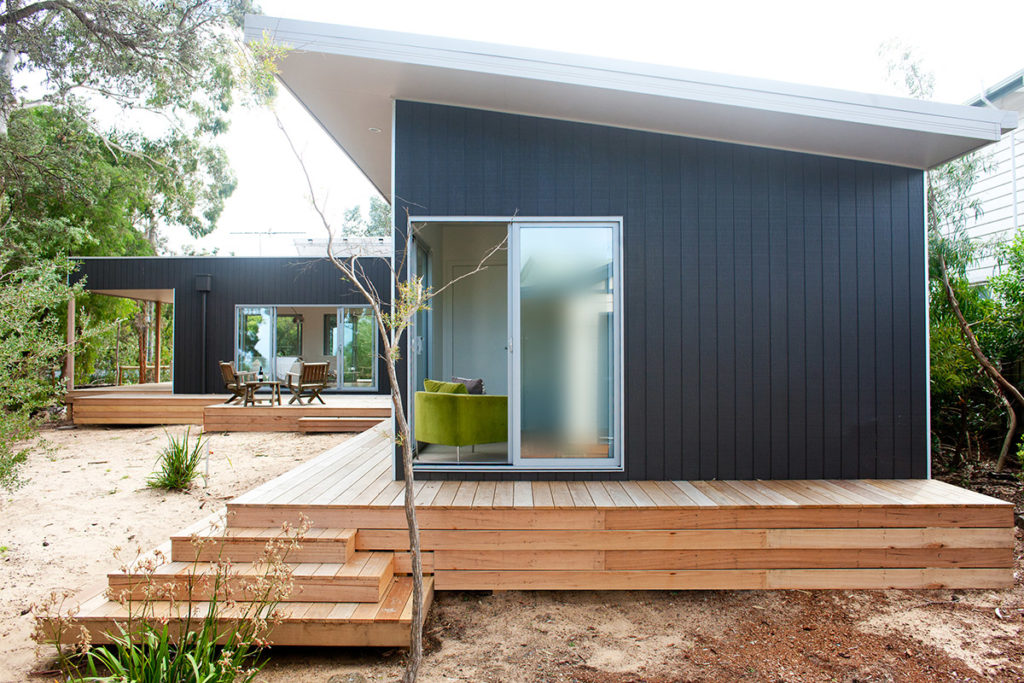
While the future of prefabricated home innovations is bright, there are significant challenges that must be addressed to ensure that this revolution is inclusive and sustainable.
A. The Evolving Legal and Regulatory Framework
The new era of prefabricated home innovations is advancing faster than the laws that govern it. New regulations are urgently needed to address a wide range of issues, from the legal status of a prefabricated home to the rights of a homeowner whose home is connected to a smart grid. The lack of a clear regulatory environment is a major barrier to adoption for many developers and cities.
B. The Challenge of Public Perception
A major challenge for prefabrication is a lack of public awareness and a negative public perception. A prefabricated home is often associated with a trailer park or a low-quality, mass-produced home. This is a misconception that needs to be addressed through a new focus on education and a new kind of marketing that highlights the quality, the durability, and the aesthetic appeal of a modern prefabricated home.
C. The Human Element
A home is, at its core, a place for people. While technology can solve many problems, it cannot replace the human element of empathy, community, and social connection. The challenge is to use technology to enhance human interaction, not to replace it. Urban planning must be human-centric, creating spaces that foster community and belonging.
Conclusion
Prefabricated home innovations are not a passing trend but a powerful and transformative movement that is fundamentally reshaping our relationship with our homes and with the environment. It is a testament to the power of advanced manufacturing, a new focus on a circular economy, and the integration of a new generation of smart technology. The new era of prefabrication is a clear signal that the future of home design is a new kind of living, a living that is as adaptable and as resilient as it is intelligent and sustainable. It offers a viable and affordable solution to the global housing crisis and a new path to homeownership for millions of people.
However, as we embrace this new era, we must also confront the significant challenges that lie ahead. The high cost of a sustainable prefabricated home, the need for a new legal and regulatory framework, and the challenges of data privacy and security are all hurdles that must be addressed proactively. The future of home design is a journey that will be defined not just by its technological prowess but by its ability to create a world that is more connected, more human-centric, and more conducive to a person’s overall well-being. The prefabricated home is here, and it promises to build a future where our homes are as healthy and as happy as we are.

